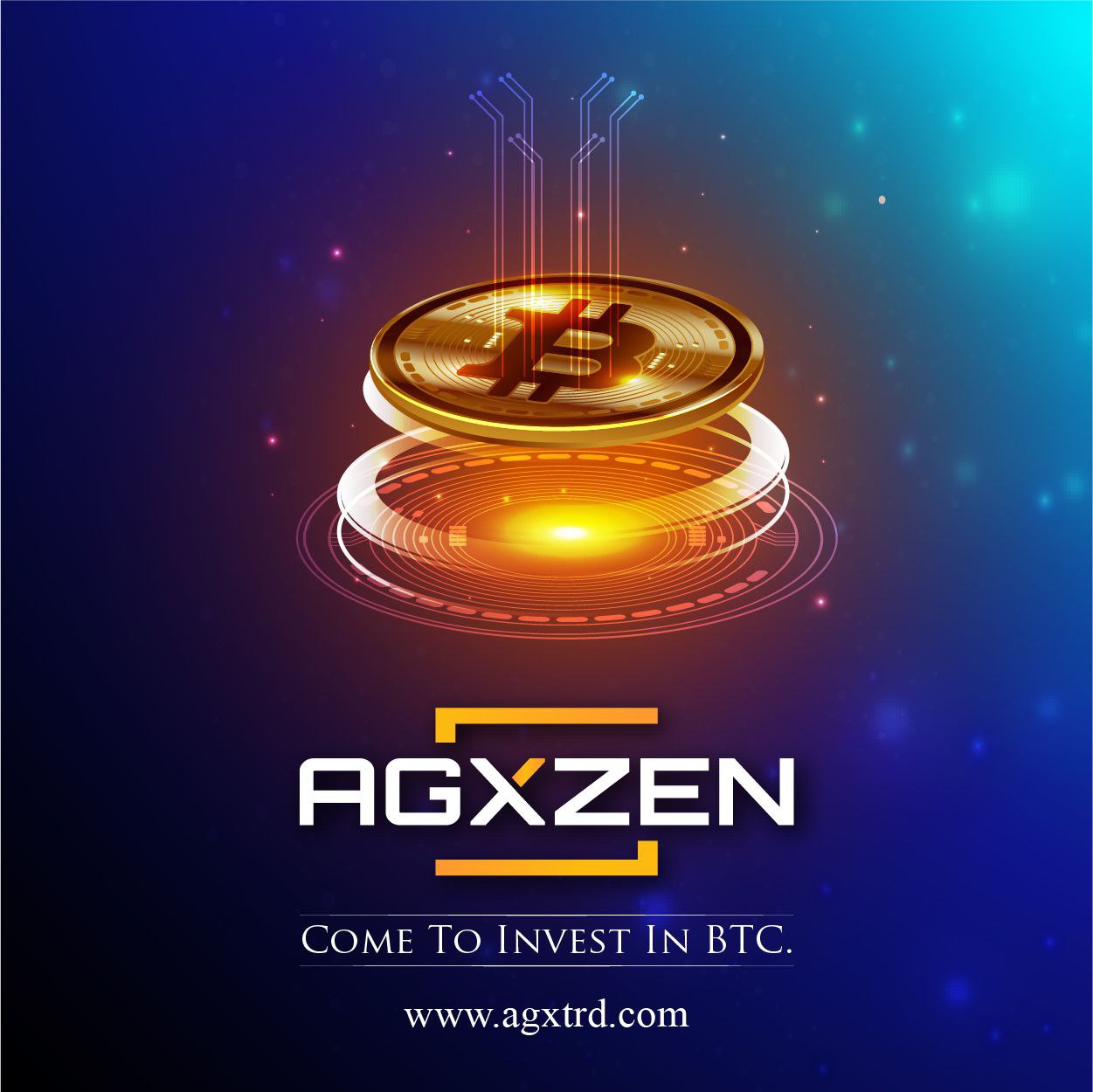Ordinals inscriptions emerged in Bitcoin as a technique of storing knowledge on-chain in transactions. A number of weeks in the past, they started to be replicated in different networks, in quest of larger effectivity and decrease prices.
There are no less than 14 networks wherein registrations have already been issued, other than Bitcoin. In virtually all circumstances these are networks suitable with Ethereum and even its second layers, which function in parallel however use the accounting of the primary community. Litecoin is the exception, with the arrival of Ordinals on the community in February, though with out main results.
Along with Ethereum, the place Ethscriptions had been pioneered in June of this 12 months, there are registrations on BNB Chain, Avalanche, Goerli (an Ethereum testnet), Polygon, Celo, Gnosis, Fantom, Arbitrum, Optimism, zkSync, Base and Zora . In line with knowledge collected by the developer recognized as Hildobby in Dune Analytics, These kind of transactions on these networks started within the first week of November.
The registration exams generated a wave of exercise within the aforementioned networks, with a report variety of transactions and excessive fuel consumption (commissions). On networks like Avalanche and Gnosis, for instance, registrations symbolize virtually 90% of complete transactions within the final week. Within the Goerli take a look at community, 90% of the fuel consumed was because of registrations.
Polygon extensively leads the rating of networks with probably the most registrations, exceeding 161 million. It’s adopted by BNB Chain, with virtually half, and Avalanche.
On this medium it was reported on Saturday, December 16, that the excessive demand for area in Arbitrum, the second most used layer in Ethereum, brought about issues for that community. Arbitrum stopped processing transactions for an hour and a half throughout that peak of exercise, displaying that not solely Bitcoin is congested with registrations, though the community created by Satoshi Nakamoto by no means stopped working for that purpose.
EVM registrations from a technical standpoint
There is a crucial technical distinction between Ordinals inscriptions in Bitcoin, which use a selected area in transactions (Witness or “witness”) to retailer data in hexadecimal format, and people of the opposite networks linked to Ethereum. Within the latter case, they’re known as EVM (for “Ethereum Digital Machine”) registrations.
«EVM chain inscriptions are knowledge embeddings present in transaction name knowledge, which, like Ordinals in Bitcoin, search to imitate the flexibility of ERC-20 (tokens) and contract-based NFTs clever,” explains Hildobby.
In that very same abstract of EVM registrations, Hildobby criticizes that these “go towards each design determination of the EVM”. He explains that fuel prices are the one advantage of subscriptions, that are cheaper, however “on the expense of indexing, non-compatibility and integration challenges,” he argues.
What this developer claims is that Ethereum and different EVM-compatible networks have already got intrinsic mechanisms for creating tokens and NFTs. Subsequently, though registrations are cheaper, they indicate a use of the community that differs from its authentic goal and violates its predetermined inside planning. The criticism, as you may see, is similar to that made by many bitcoiners, upset by the congestion and excessive charges they’ve confronted because the emergence of Ordinals in early 2023.


